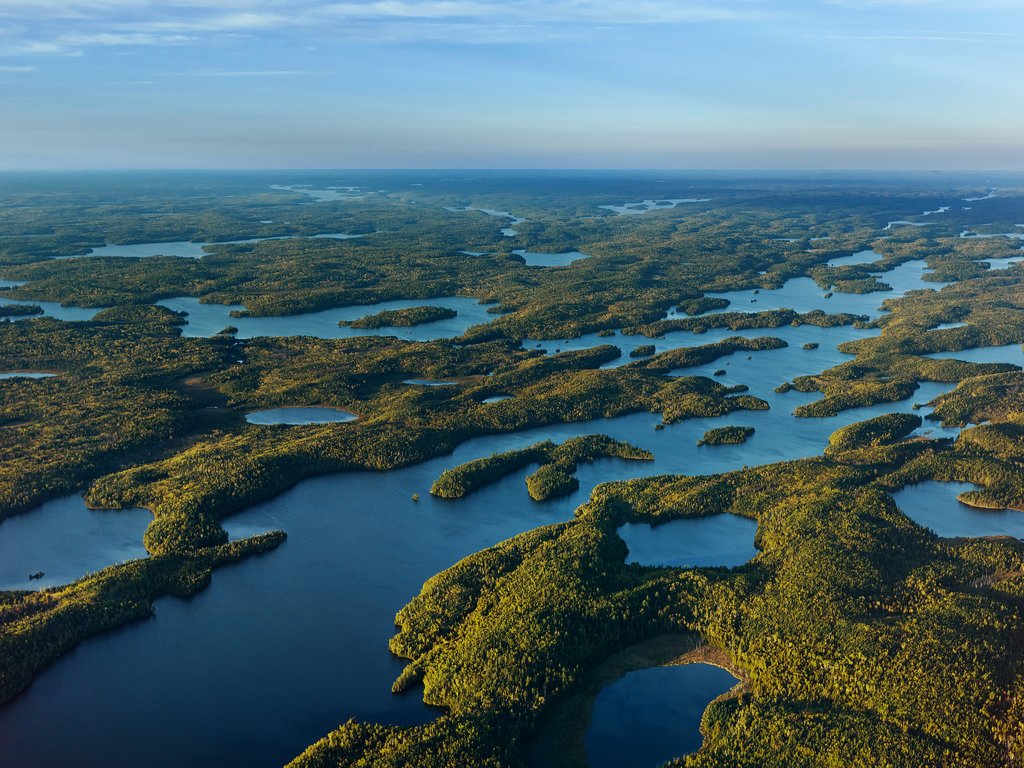New York Times:
“Today Ely is home to a few thousand people, a place of long, hard winters that is, in the words of one resident, “not on the road to anywhere — we’re literally the end of the road.” People do not end up here by accident. For most of the town’s history, the main reason they came was to make a living off the rocks. The ore supported abundant mining jobs for generations.
For almost as long, however, people have been coming to this area for another reason, too: to visit America’s most popular national wilderness area, the Boundary Waters Canoe Area, which encompasses roughly a million protected acres and thousands of lakes and welcomes 150,000 visitors annually. The “Land of 10,000 Lakes” is actually a land of 11,842 lakes, and that figure counts only those bigger than 10 acres. They are a legacy of the glaciers that retreated from the region about 10,000 years ago. As a result, the state has a significant fraction of the world’s supply of surface-available fresh water; 6 percent of Minnesota’s surface area is water, more than any other state.
Geological coincidence makes Ely — one three-square-mile town in the northernmost reaches of the continental United States — a focus of a national debate about the proper use of public lands. The place also distills the political fault lines in today’s America, pitting an angry working class against progressive activists. Just southeast of Ely, an international mining conglomerate has invested hundreds of millions of dollars during the past decade toward potential copper-nickel mines a few miles outside the Boundary Waters. The company — Twin Metals Minnesota, a subsidiary of the Chilean mining giant Antofagasta — has drilled 1.6 million feet of core samples out of 496 holes to explore the deposit from which it soon hopes to process 20,000 tons of mineralized ore a day. The company believes the area’s valuable metals — copper, nickel, platinum, palladium, gold and silver — can be extracted in an environmentally responsible way and can provide hundreds of jobs to the job-starved economy of Minnesota’s Arrowhead Region, along the northwestern coast of Lake Superior.”
Is it a question of what is more important? Is the answer to this question dependent on the time horizon? Where are the best places to get our metals that each of us use? These types of questions we wrestle with as a community, and of course there are no easy answers. For us that value wilderness and lakes, we want to protect the quality of these valuable places and the risks associated with the mining are not worth it. For miners and would-be-miners, they wish to provide a means to support their family and enjoy the woods and lakes for recreation. They too do not do not want to destroy the quality of the lakes and wilderness. For the company, they wish to produce profits for the benefit of the CEO, other corporate cadgers, and shareholders. They don't wish to jeopardize those profits; however, the quality of the lakes and wilderness that remains after the extraction of precious metals is not important.



